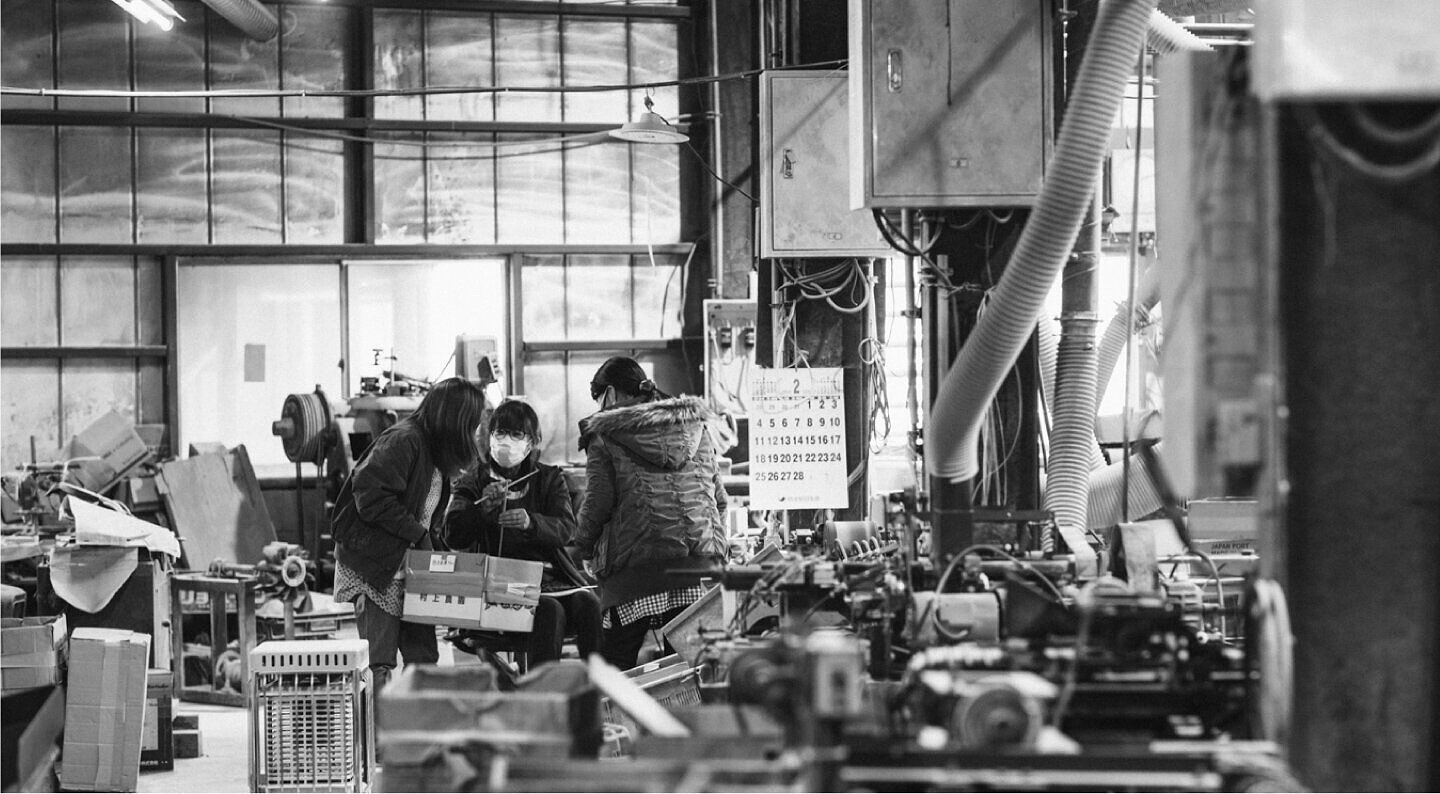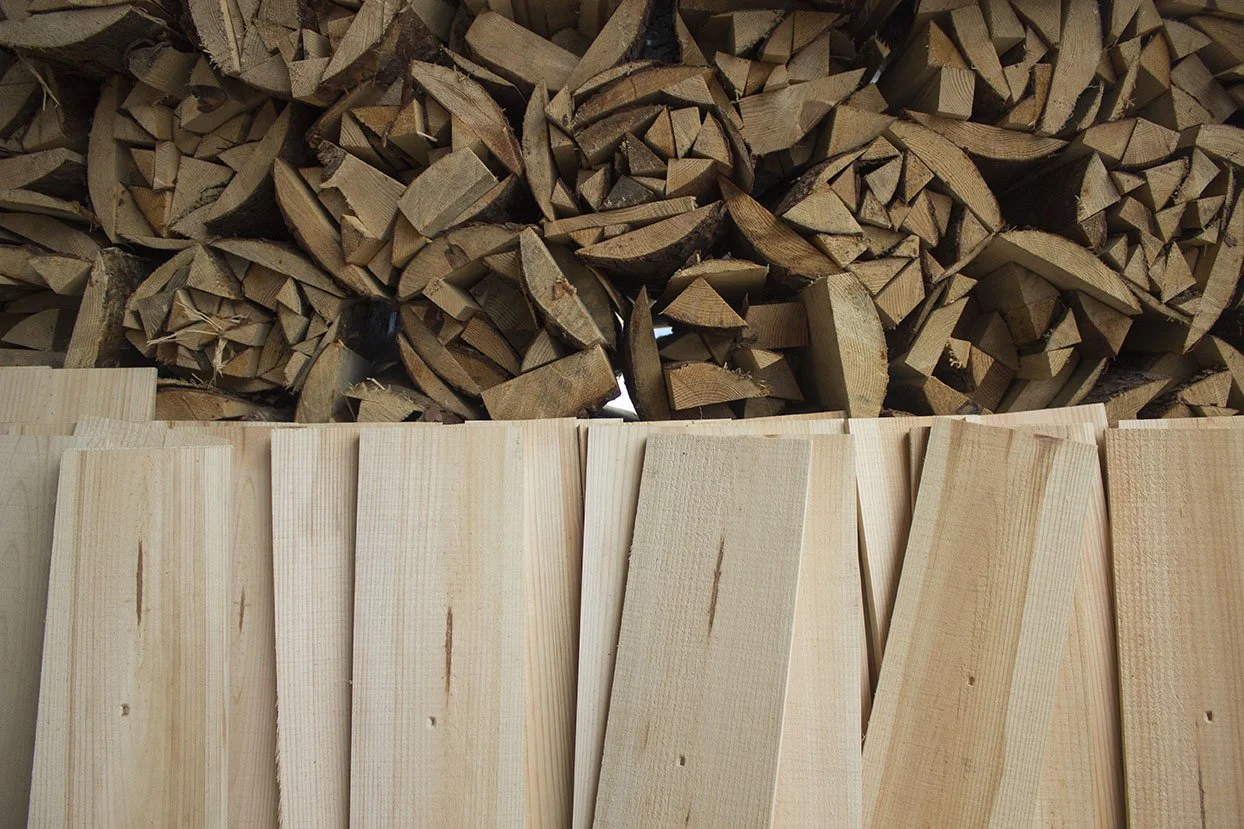Strong as Bamboo: How Yamachiku Beat the Odds and Revived a Dying Industry
For much of its history, Yamachiku was the underdog, a holdout against the tide of cheap plastics and one of the few brands cleaving to the traditional practice of making chopsticks from local bamboo.
Today, they’re one of Japan’s top suppliers, producing more than 10 million chopsticks each year. Find out how they won the fight to preserve an age-old custom.
Nankan Town, Kumamoto Prefecture, where Yamachiku is based
Workers converse at one of Yamachiku’s two chopstick factories
A Vanishing Art
When it was founded back in ’63, the company known today as Yamachiku was called Yamazaki Bamboo Industry Co., and it did not do well. This early iteration specialized not in chopsticks but in bamboo building materials, and after an early boom, its biggest customer went bust, taking 90% of Yamazaki’s business with it. To survive, the brand had to pivot and embrace the one product that was still selling: chopsticks.
Lengths of bamboo stand in rows at one of Yamachiku’s facilities
Unfortunately, this was at the end of the ’70s, when petroleum-based plastics and other cheap materials began flooding Japanese markets, dislodging bamboo from its once-unassailable spot atop the country’s chopstick manufacturing industry. Yamazaki struggled to find buyers for its higher-quality, higher-cost products, eventually carving out a niche making chopsticks for other brands.
Meanwhile, the decline of traditional bamboo chopsticks continued largely unabated, and by the end of the 1980s, the old ways of making chopsticks were almost entirely forgotten.
Yamazaki’s Transformation
The year 1991 was notable for many reasons: It marked the collapse of the Soviet Union, saw war waged in Iraq and Kuwait, and witnessed much of the dismantling of South African apartheid.
As entire regions of the world were transformed, Yamazaki underwent a metamorphosis all its own. It was in 1991 that the company cast aside its old persona and was reborn as Yamachiku Co., Ltd., a business dedicated to the production of sustainable bamboo chopsticks and the preservation of the knowledge behind them.
In this new guise, the company found success, and in 1993 they began production of “Ganko” chopsticks, which would soon become Yamachiku’s main product. (Appropriately, their name comes from the Japanese word for stubbornness.) Then, in 2003, the company added a new layer of sophistication to their chopsticks with the addition of urushi, or Japanese lacquer - an art form that dates back more than seven millennia.
Yamachiku’s lacquered Urushi Slim Chopstick line
The Chopstick Comeback
Although Yamachiku was already doing fairly well by the mid-aughts, it wasn’t until the show Chiritotechin aired in 2007 that the demand for traditional chopsticks exploded. In the show, conflict arises when the father of the main character, a young woman named Kiyomi, seeks to take over the family business - creating beautifully lacquered chopsticks - and much of the plot takes place in her grandfather’s factory.
As the program grew in popularity, so too did Yamachiku’s products, and orders started pouring in for their carefully lacquered flatware. So substantial was this uptick in interest that the company had to start developing specialized equipment to boost production.
By 2018, more than five million pairs of chopsticks rolled off the line at Yamachiku’s two factories annually. After toiling in relative obscurity for decades, the company had finally realized its goal: to see the prominence of bamboo chopsticks restored.
Mr. Kiriko, who harvests bamboo from the mountains near Nagomi, Kumamoto Prefecture
The Beauty of Bamboo
Everything about Yamachiku products harkens back to the golden age of chopsticks, before most pairs in Japan were made from plastic or imported wood. While the brand’s decision to stick with tradition is undoubtedly one with intangible cultural benefits, it also provides some very practical advantages for anyone who uses their chopsticks.
For starters, bamboo is incredibly lightweight, even with an added layer of food-safe paint or lacquer. This makes bamboo chopsticks correspondingly easier to wield and creates a more effortless dining experience. As a material, it’s also quite strong (though I wouldn’t try to bend your chopsticks, even if they’re made from bamboo).
Perhaps more important, however, is the fact that Yamachiku’s wares are made with the surrounding environment in mind. Each pair of chopsticks they produce starts out as moso bamboo, a variety native to Kumamoto Prefecture that can reach more than 90 feet in height. Like other species of bamboo, moso can grow very quickly, making it an ideal sustainable material; this is especially true in an island nation like Japan, where limited land availability often means that domestic resources are scarce.
Lengths of bamboo are measured by hand before moving to the next stage of production
Yamachiku buys their moso from nearby bamboo shops whose experts harvest local plants by hand. This bamboo is then cut to size and dried in a specialized kiln, processed using custom machinery designed to protect the integrity of the bamboo’s outer layer, painted or lacquered, and finally inspected for quality. Any chopsticks that show more than a 0.2 mm deviation are removed and used as fuel for the kilns, ensuring that no bamboo goes to waste.
All of this is to say that great thought and effort goes into each pair of Yamachiku chopsticks at every stage of the production process. Although the advantages of this are now self-evident, it wasn’t always so. Not very long ago, the dreamers at Yamazaki - and later, at Yamachiku - had to fight for the recognition they and their elegant, eco-friendly chopsticks deserve. We’re just glad they did.
The award-winning line of Okaeri Chopsticks from Yamachiku. The term okaeri translates to “welcome back,” a nod to the resurgence of traditional bamboo chopsticks.














